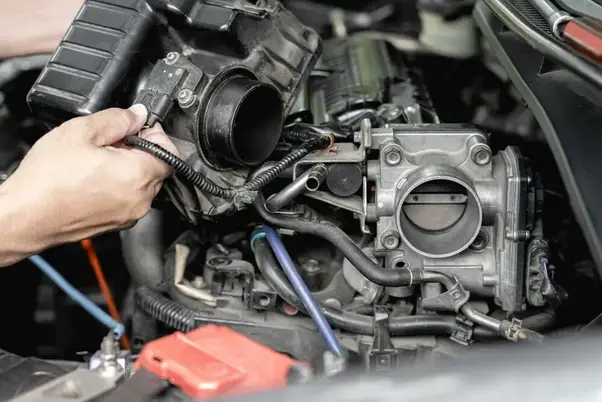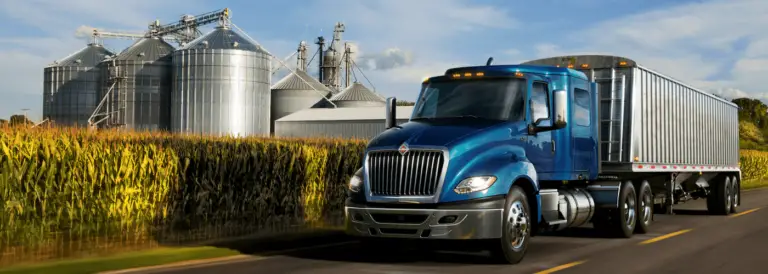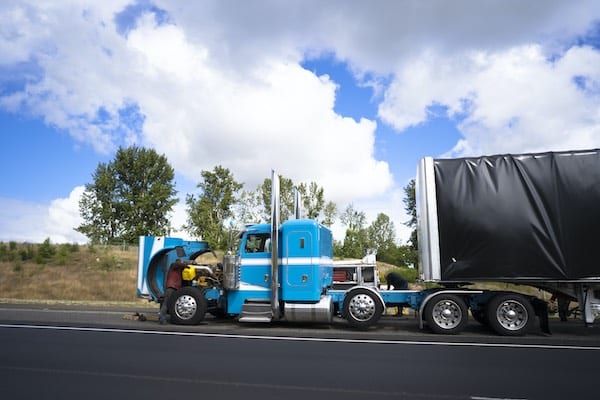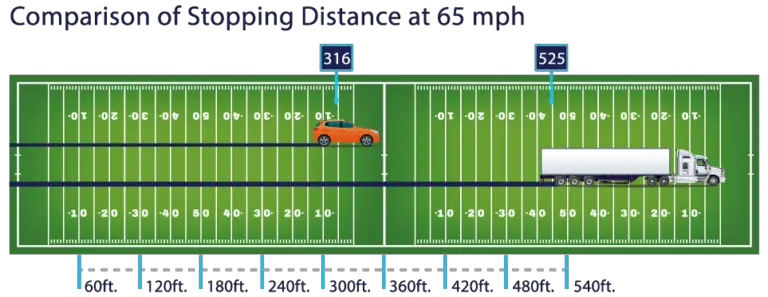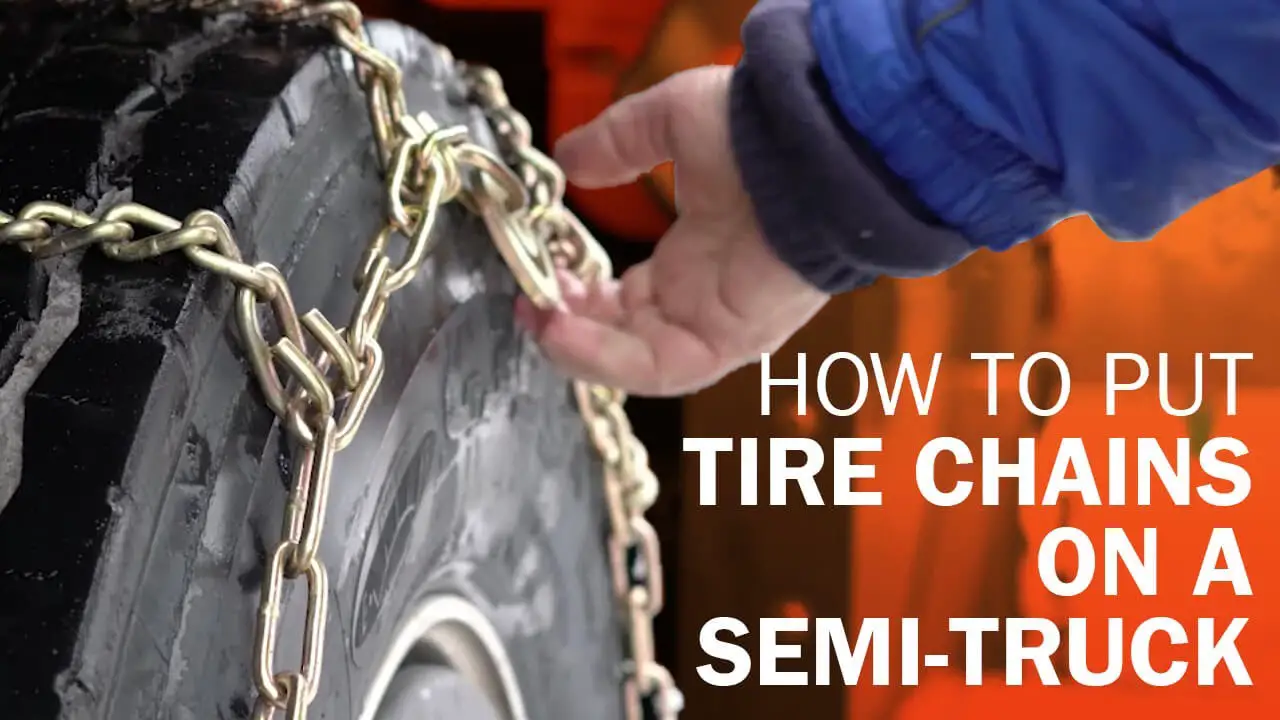
To chain up a semi truck, start by laying out the chains alongside each tire. Then, drive the truck forward to secure the chains in place.
Preparing for wintry conditions is an essential part of truck driving, especially for semi trucks that require additional precautions. Learning how to properly chain up a semi truck can help ensure safety and efficiency when driving in snowy or icy conditions.
By following the correct procedure, drivers can equip their trucks with chains to improve traction and stability, reducing the risk of accidents in challenging weather. This guide will provide a concise and actionable overview of the process, allowing truck drivers to confidently navigate winter roadways with greater ease and confidence.

Credit: m.youtube.com
Navigate As You Want: [show]
Why Chaining Up Is Important
Chaining up a semi truck is an essential practice to ensure traction in snowy conditions. By attaching chains to the tires, drivers can significantly improve their grip on slippery surfaces, reducing the risk of accidents and improving overall road safety. Moreover, chaining up allows vehicles to maintain better control and stability, preventing them from sliding or skidding on icy roads.
However, it is important to note that chaining up is not only a matter of safety but also a requirement imposed by law in many states. Failure to comply with these legal regulations can result in fines and penalties for drivers and companies. Therefore, it is crucial for truckers to understand and adhere to the chaining up requirements applicable in their area to avoid any legal consequences.
Choosing The Right Chains
Choosing the Right Chains: When chaining up a semi truck, it’s crucial to understand the tire size and chain compatibility. Ensure that the chains you choose are compatible with the size of your truck’s tires. It’s important to determine the type of chains to use based on the road and weather conditions. Take into account the weight of your vehicle and the specific requirements of the areas you will be traveling through. Proper research and understanding of these factors will help in choosing the most suitable chains for your semi truck.
Preparing Your Truck And Chains
Before chaining up your semi truck, it is essential to thoroughly inspect the tires and wheel wells to ensure they are in good condition. Look for any signs of damage or wear and make any necessary repairs before proceeding. Next, lay out the chains in a convenient and accessible location for easy installation. By preparing both your truck and chains in advance, you can streamline the process and ensure a safe and efficient setup when the time comes.
Installing The Chains
To chain up a semi truck, start by installing the chains. Begin by securing the inner chains. Make sure to attach them to the correct tire size. The chains should snugly fit around the tire, ensuring a tight grip. Once the inner chains are in place, move on to attaching the outer chains. These should be wrapped around the tire, overlapping the inner chains. Adjust the tension of the chains by tightening the cam locks. Make sure they are tight enough to stay in place, but not too tight to cause damage. Additionally, it is important to periodically check the tension and readjust if needed during the journey. Proper installation and adjustment of chains are crucial for safe driving in snowy and icy conditions.
Testing And Maintaining The Chains
When preparing to chain up a semi truck, it is crucial to start with a thorough inspection of the chains. Begin by checking the fit and alignment of the chains on the tires. Ensure that the chains are properly sized and snugly secured. It is important to test the chains before hitting the road to ensure they will perform optimally during challenging conditions.
Inspect the chains to ensure they fit the tires correctly. They should provide full coverage and fit snugly without any slack or excess hanging off the tires. Adjust the tighteners to achieve a proper fit. Additionally, ensure that the chains are evenly aligned across the tire tread for balanced traction. Uneven alignment can cause inefficient performance or even damage to the chains.
After use, it is crucial to clean and properly store the chains. Rinse off any dirt or debris to prevent rusting. Allow the chains to dry completely before storing them in a designated container or bag. Regularly inspect the chains for any signs of wear and tear and promptly replace any damaged sections. Lubricating the chains with a suitable product can also help extend their lifespan and maintain their performance.
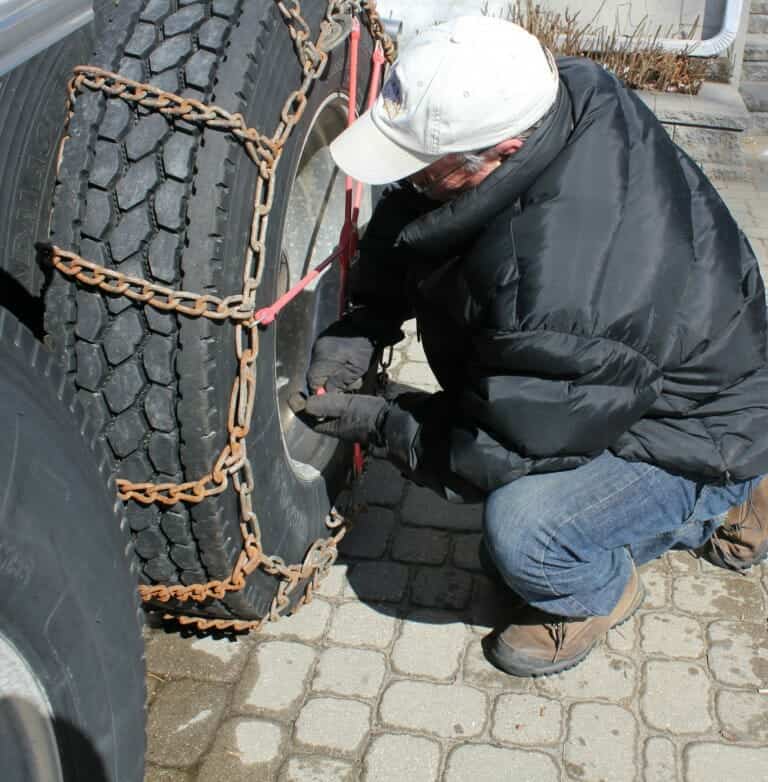
Credit: www.smart-trucking.com
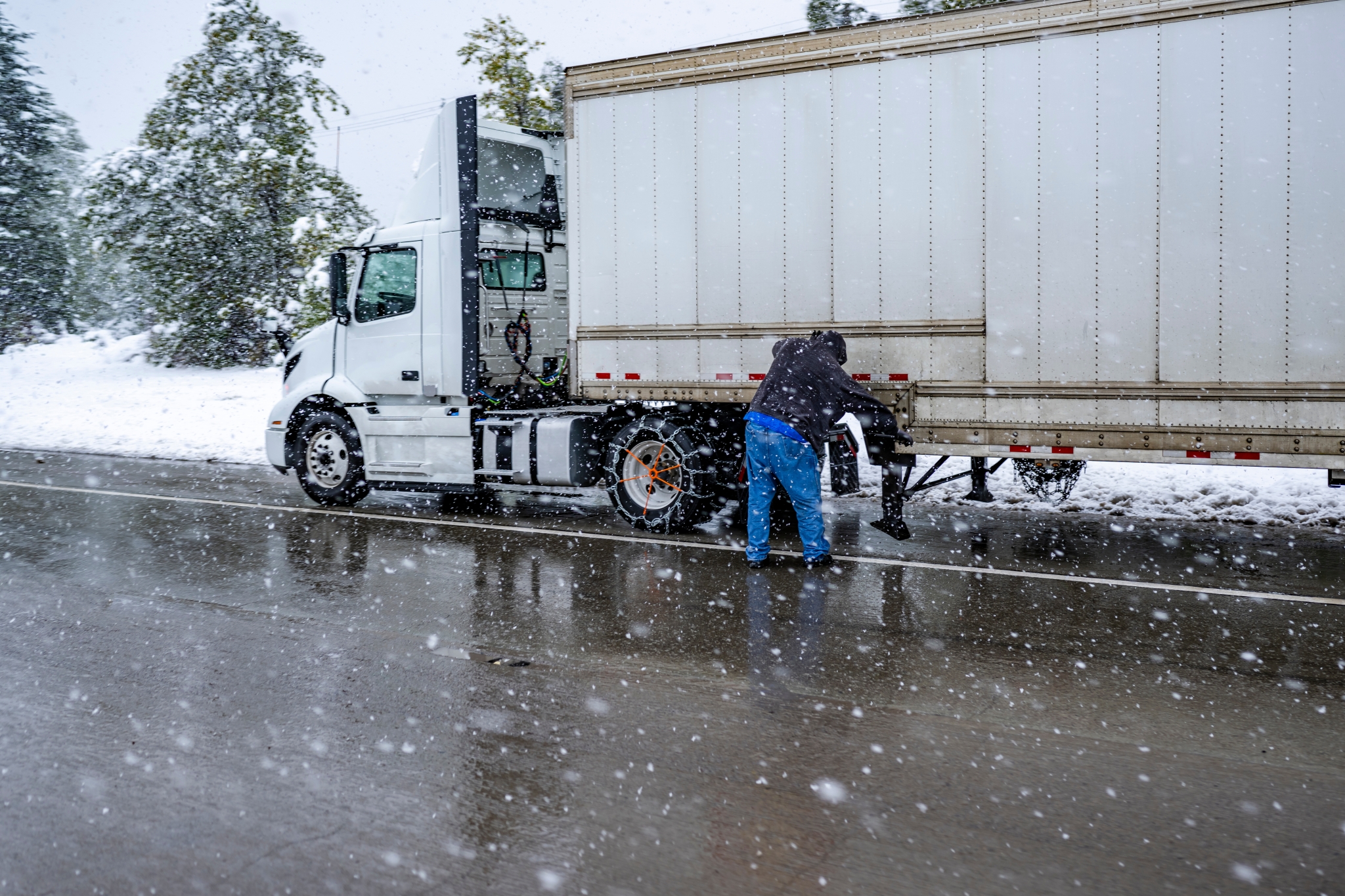
Credit: www.drivemyway.com
Frequently Asked Questions For How To Chain Up A Semi Truck
How Do You Chain Up A Semi Truck?
To chain up a semi truck, start by placing the chains over the tires and tightening them securely. Make sure the chains are evenly spread and not twisted or tangled. Then, drive slowly to test the chains and ensure they are properly fitted.
Follow the manufacturer’s instructions for chain installation and removal.
When Should You Chain Up A Semi Truck?
It is advisable to chain up a semi truck in snowy or icy conditions, or when traveling through mountainous or hilly areas where chain control is imposed. This helps increase traction and maintain control of the vehicle, reducing the risk of accidents and skidding.
What Are The Benefits Of Chaining Up A Semi Truck?
Chaining up a semi truck provides increased traction, especially in snowy or icy conditions. This improves vehicle stability, maneuverability, and braking, reducing the chances of accidents and improving safety on the road. Chaining up also helps comply with chain control regulations and avoid fines or penalties.
Conclusion
Securing a semi truck with chains is a crucial skill for truck drivers. Following the step-by-step guide in this blog post, you’ve learned how to effectively chain up a semi truck for safe transportation. By understanding the proper technique, you can ensure the security of your load and maintain control on the road.
Remember, practice makes perfect, so keep honing your skills to be a masterful chainer. Stay safe out there!
